Blessed are those who, in the face of death, think only about the front sight. -Col. Jeff Cooper
I had seen that quote from the legendary Col. Cooper before, but it would be years before I understood what it meant. Today, in 2020 as many gun owners are stuck in quarantine due to the Corona Virus crisis, is as good a time as any to learn or “rep out” your front sight skills with the aid of dry fire. If you can still make it to the range, hooray for you, do it hot!
Do your handgun shot groups resemble the dry pavement just after a light rain begins to fall, with a drop here, a drop there, a drop on the left, a drop on the right, and so on? If so, front sight focus is guaranteed to trim those groups in half or even smaller! Or, if you’re having trouble even hitting the target at longer distances of 25 to 100 yards, front sight focus is one component of getting those shots back where you can account for them.
Front sight focus---and the resultant ability to make precision shots—is invaluable to the person who carries a gun for self-protection. Too many people feel satisfied to have passed a basic test of hitting the torso zone on a paper target. But consider that, in an emergency, we will lose up to half of the shooting skills we enjoy on an easy day. Consider the possibility of a perp holding your loved one hostage, and having to pass on the chance to save their life because you know your shots fall in a 16-inch radius. Consider that you’re legally responsible for every projectile that leaves your muzzle. All of these are good reasons to learn more accurate shooting, and front sight focus is the---dare I use the word shortcut—to getting there.
Let’s do this drill together!
The set-up
Pick a bullet-proof “safe wall” or large appliance in your home that you can get at least five yards away from---the farther, the better. Tape a small “target” to it, no more than two inches in diameter. It doesn’t have to be fancy or a perfect shape.
UNLOAD YOUR HANDGUN AND PLACE ALL AMMUNITION IN ANOTHER ROOM. Then double-check to see that it is unloaded—no magazine; clear chamber. Or, for revolvers, check every chamber in the cylinder.
Now go check your handgun again to be sure it’s unloaded. Better yet, ask a gun-competent family member to do the second check.
- The eyes have it
With your vision focused solidly on the target (where you’d want the bullets to go if this were a live fire exercise), raise the gun into your line of sight. See how the front and rear sights momentarily occupy your view of the target?
Align the front sight inside the rear sight notch. For most sights, this means seeing a plateau-like surface across the top of all three elements---the top of the front sight post should be level with the rear sight tops. Seek to have equal strips of daylight between each side of the front sight post.
Now focus on the front sight. Your sights will be moving a bit, after all you’ve got lungs doing their thing, your heart doing its thing, and your last quarantine meal gurling around in there somewhere. All this—also normal. Ignore it as you focus on the front sight.
Press the trigger with the objective being to keep that front sight exactly in the center of your target. More than likely, it dipped on the first “shot.” If you’re practicing with a semi-auto, rack the slide with your finger off the trigger to reset the trigger.
Now focus on the front sight. Your sights will be moving a bit, after all you’ve got lungs doing their thing, your heart doing its thing, and your last quarantine meal gurling around in there somewhere. All this—also normal. Ignore it as you focus on the front sight.
Press the trigger with the objective being to keep that front sight exactly in the center of your target. More than likely, it dipped on the first “shot.” If you’re practicing with a semi-auto, rack the slide with your finger off the trigger to reset the trigger.
Repeat this exercise until you can easily and quickly raise the gun, align the sights, and dry fire without movement on the front sight.
When you can make it to the range, do this drill again before loading the gun and firing. You’ll soon find that your ability to keep your eyes open and focused on the front sight all the way through the shot sequence is paying off in the form of tight groups.
Add distance
Back up to 15 and then 25 yards, repeating the drill. This is best done with live fire as you’ll need to see results on target to buy what I’m selling here. When shooting from 10 or less yards, can be easy to develop the habit, over time, of simply putting the gun in the right place and eliminating the need to think about where the rear sight is. That’s ok, until you get farther from the target.
Maintaining strict sight alignment is critical for precision shots at 25 yards. Having mastered the drill as described so far, your shots should easily strike a torso-size area. But getting shots into a dessert plate-size area at greater distance requires precise sight alignment. I see to it that this is in place, but when my trigger is compressed to more than 50% of its path of travel and I know the shot will happen at any moment, my clear focus is still on the front sight.
Instinct vs. reality
Here’s the hard part, and it is for everyone until they have thousands, perhaps tens of thousands, of rounds downrange using proper front sight focus. So take heart and keep practicing. Even though it seems like your gut is telling you to focus on the target, that’s a sure way to go back to scattered groups and missed shots! If you don’t trust me on this, consult Col. Cooper’s wisdom. Front sight focus is where it’s at.
If your eyes just won’t focus there
Age, astigmatism, and other issues impair some people’s ability to see the front sight clearly. Dedicated marksmen may want to look at a special prescription that allows their dominant eye to do that. However, this is only recommended for serious competitive shooters or if your eyes will function just fine with those lenses in day-to-day life.
A quick and affordable fix is found for many people in shooting glasses by SSP Eyewear. Not only are they protective and safe for steel target shooting, you can get them with a bifocal magnifier on the top of your dominant eye! Choose whatever magnification you need, and enjoy how the company’s Chelan or Methow kits allow lenses to be changed out if one gets scratched, or you’re shooting in dark or cloudy conditions.
Be well, and be determined to come out of quarantine a better shooter thanks to dry fire!
Eve Flanigan is a defensive shooting and concealed carry instructor living in the American Southwest. Today she works full time as an instructor and writer in the gun industry. Flanigan loves helping new and old shooters alike to develop the skills needed to keep themselves and their loved ones safe.



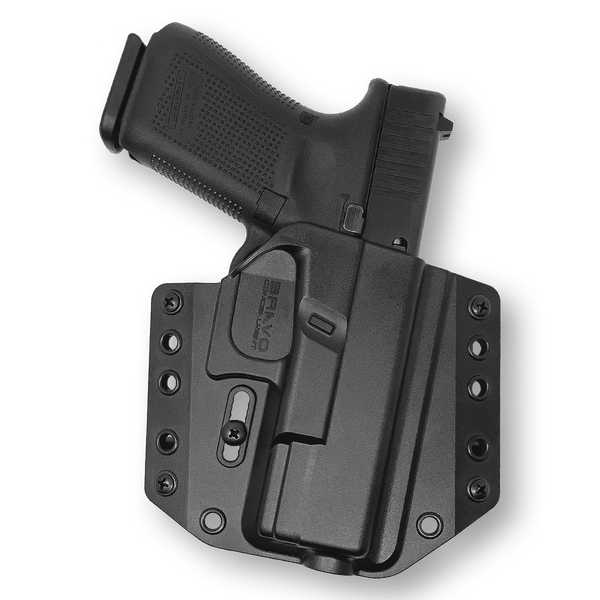
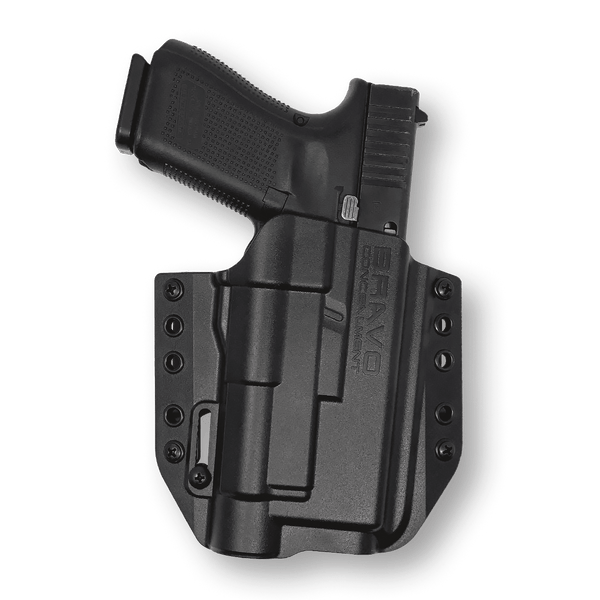
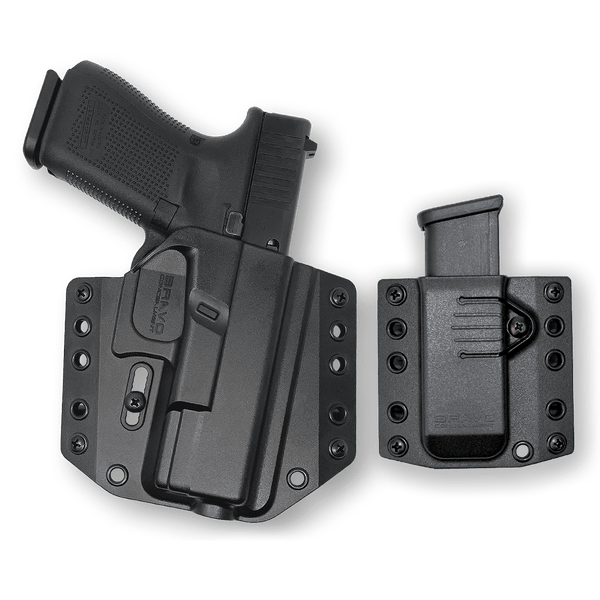

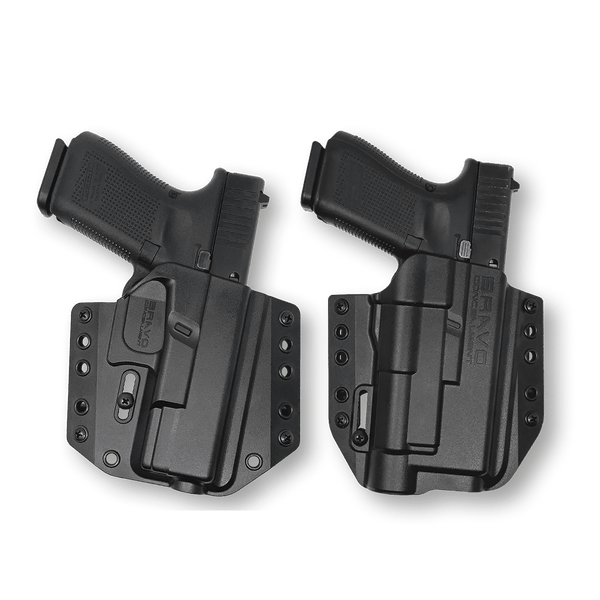
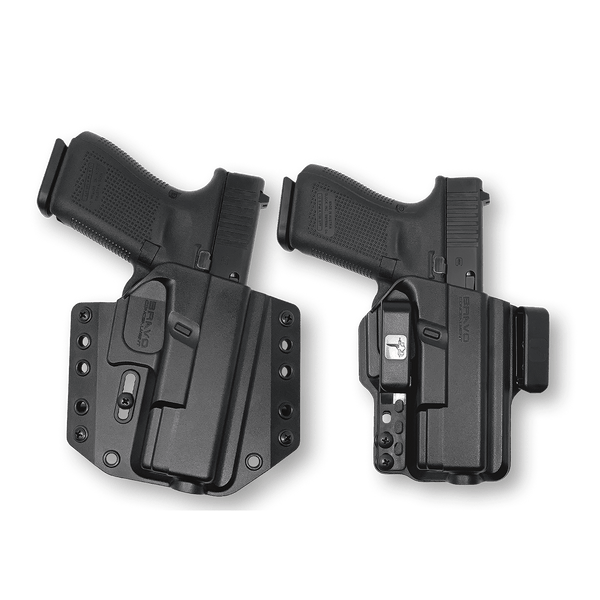
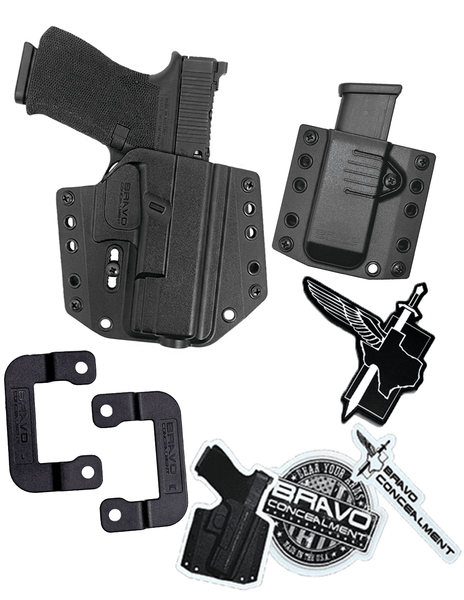
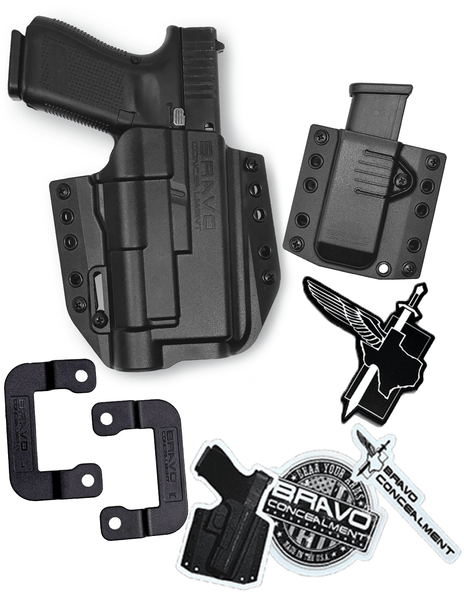
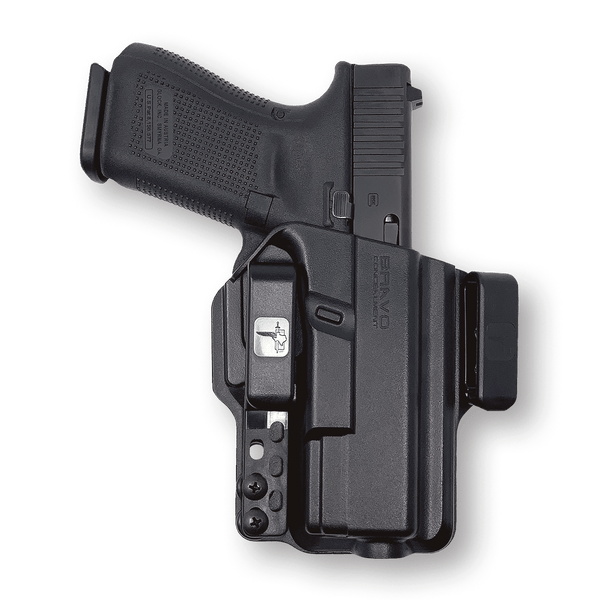
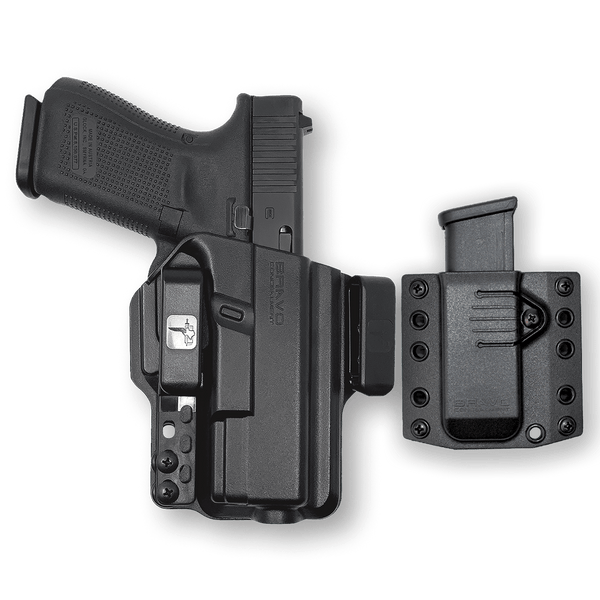
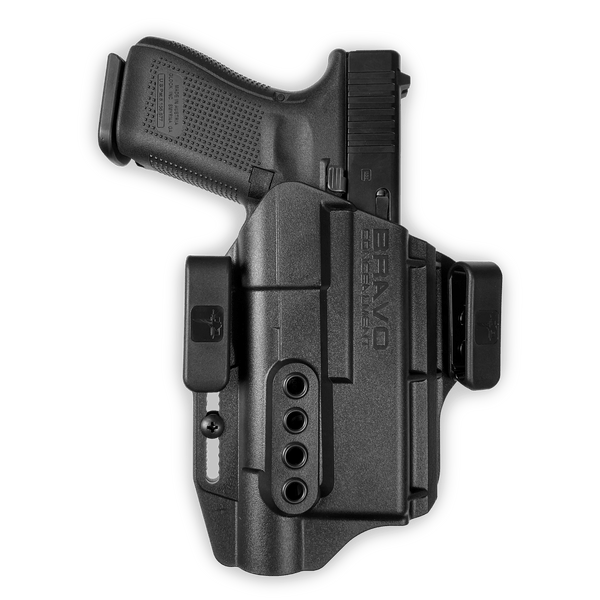
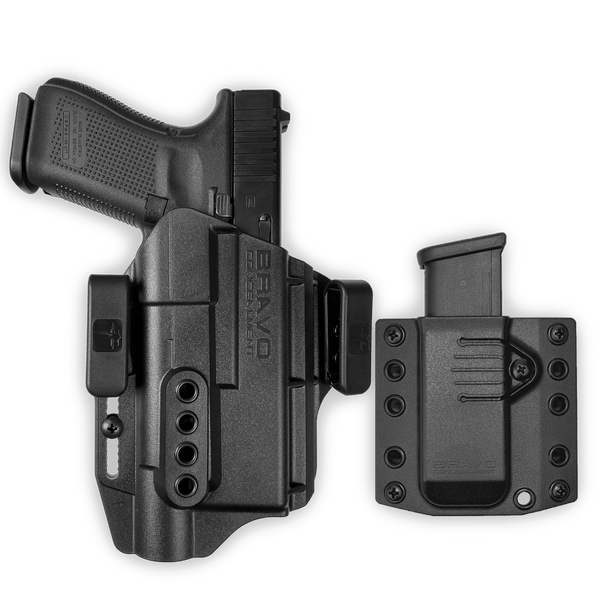
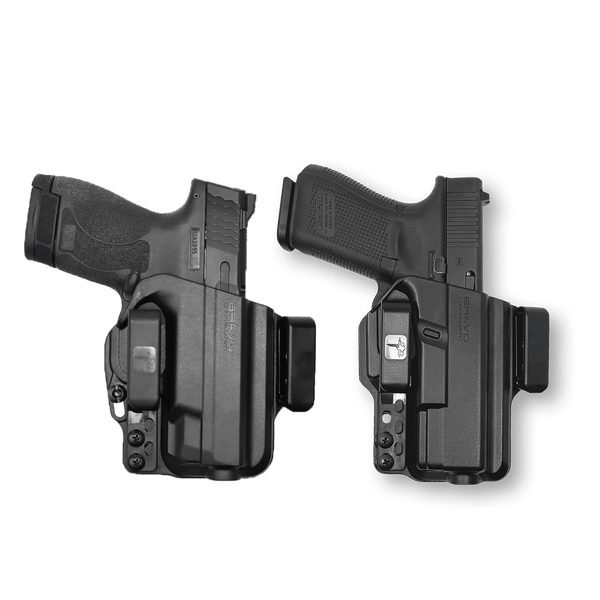
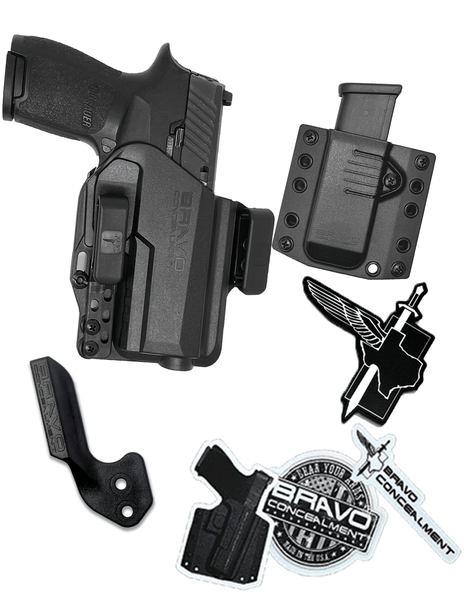

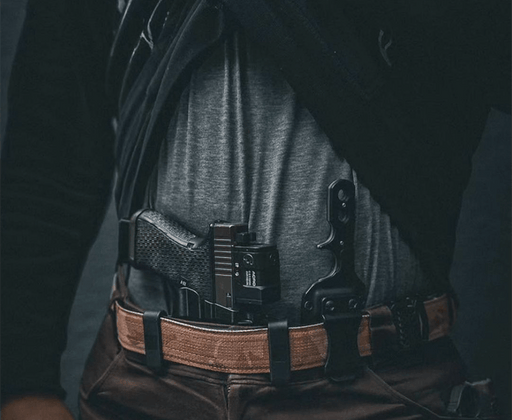
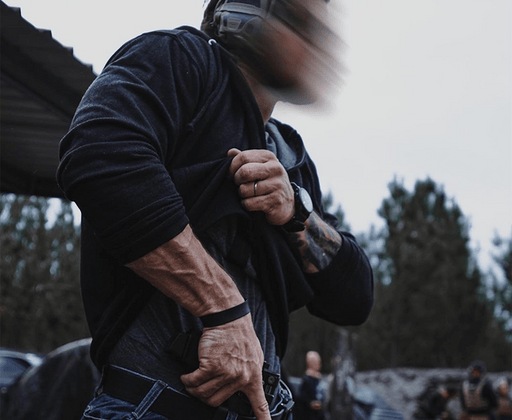
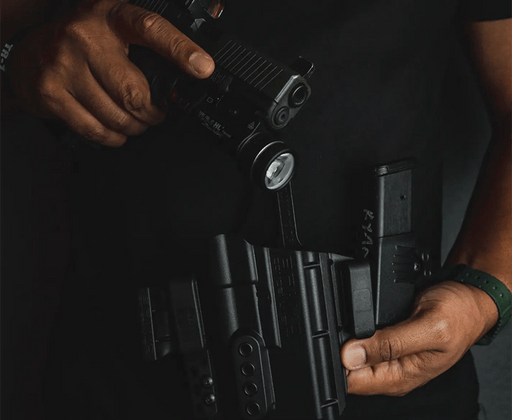
Leave a comment